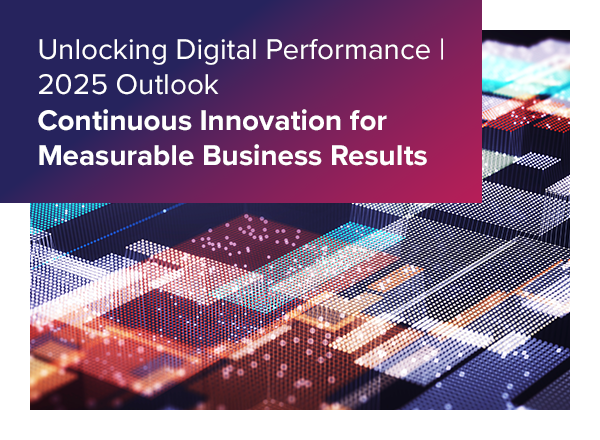
Rising costs, administrative inefficiencies, and workforce shortages are putting immense pressure on both healthcare payers and providers to find ways to do more with less –without sacrificing quality of care. AI-first transformation can help achieve measurable results for the industry. However, while healthcare leaders are eager to invest in AI adoption, there have been common roadblocks for both payers and providers.
To move from proof-of-concept pilots to in-production use cases, healthcare leaders need to focus on the pathways that can deliver immediate, tangible value and drive bigger long-term growth. By focusing on establishing the core technological building blocks for AI success, payers and providers will unlock a range of transformative benefits in 2025, including:
- Data interoperability and predictive modeling: Using connected, real-time data will drive smarter, more informed decisions that optimize operations and result in better outcomes.
- Customer-centricity and the enhanced patient experience: Personalizing patient care and insurance plans will enable a better patient experience and again, improve healthcare and business outcomes.
- Operational efficiency and automation: Automating processes and streamlining workflows will reduce operational costs and improve efficiency across the sector.



